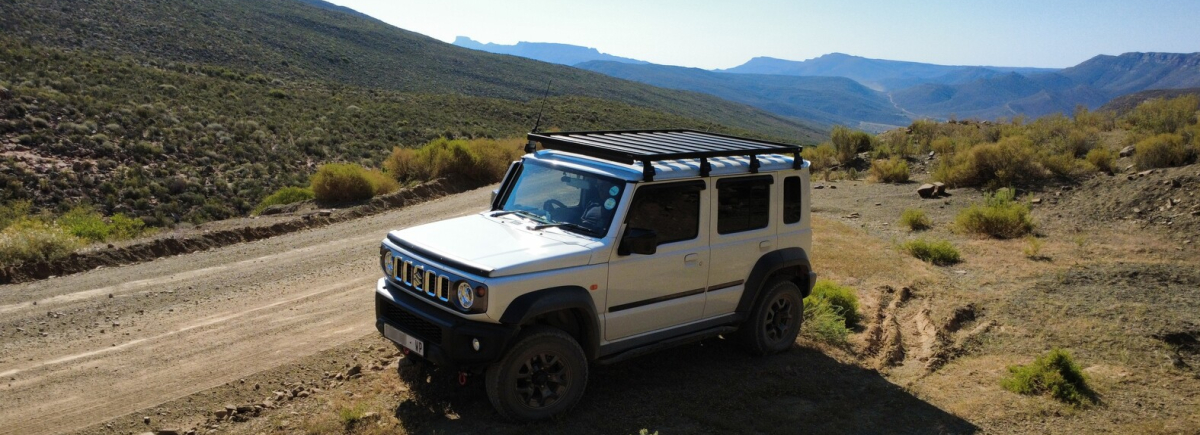Lithium carbon is well suited to electric mopeds and scooters because the vehicles and their charging requirements are relatively simple, Wilson explains. It is quite easy to build a lithium carbon battery to replace the ferrous phosphate or lead acid products used today.
In theory, the battery could be fully charged in just 60 seconds. The 90-second charging time is due to the limitations of charging infrastructure rather than the battery. “The reason why it’s a 90-second charging concept is because Mahle designed a prototype buffered charge point. The charger has a battery inside it and the battery dumps its energy into the moped,” Wilson explained.
For the larger batteries used in electric cars, there simply isn’t enough grid capacity to cope with lithium carbon batteries. That’s why it’s unlikely the chemistry will be scaled up for larger vehicles any time soon. Wilson thinks it would make more sense for electric cars to use hybrid lithium-ion battery and ultracapacitor systems that can be charged within five minutes using 350 kilowatt charge points.
This is not some pie in the sky laboratory experiment. Lithium carbon batteries from Allotrope Energy are expected to be available in production vehicles before the end of this year.
See
Lithium Carbon Battery From Allotrope Energy Can Recharge In 90 Seconds#
environment #
EV #
e-scooter #
battery 
A lithium carbon battery from Allotrope Energy can charge in 90 seconds and will be available in an electric scooter this year.
